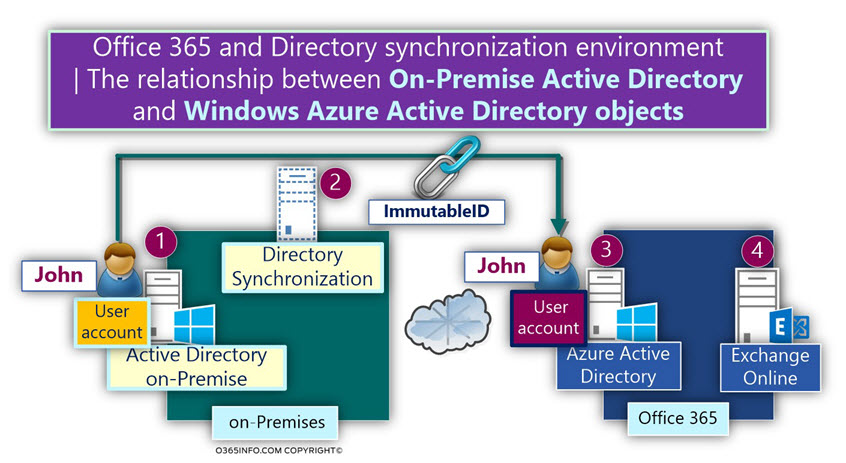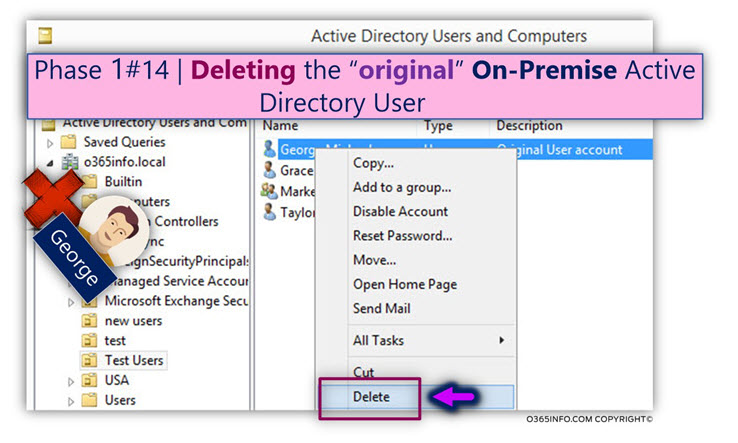

Use this information to decide how and where to deploy.Ī good guideline for the amount of memory you need is the number of users you expect to authenticate regularly. Plan your deploymentīefore you download the Azure Multi-Factor Authentication Server, think about what your load and high availability requirements are.

To get started with cloud-based MFA, see Tutorial: Secure user sign-in events with Azure Multi-Factor Authentication. For more information, see Azure MFA Server Migration. To ensure uninterrupted authentication services and to remain in a supported state, organizations should migrate their users’ authentication data to the cloud-based Azure MFA service by using the latest Migration Utility included in the most recent Azure MFA Server update. Beginning September 30, 2024, Azure Multi-Factor Authentication Server deployments will no longer service multifactor authentication (MFA) requests, which could cause authentications to fail for your organization. In September 2022, Microsoft announced deprecation of Azure Multi-Factor Authentication Server.


 0 kommentar(er)
0 kommentar(er)
